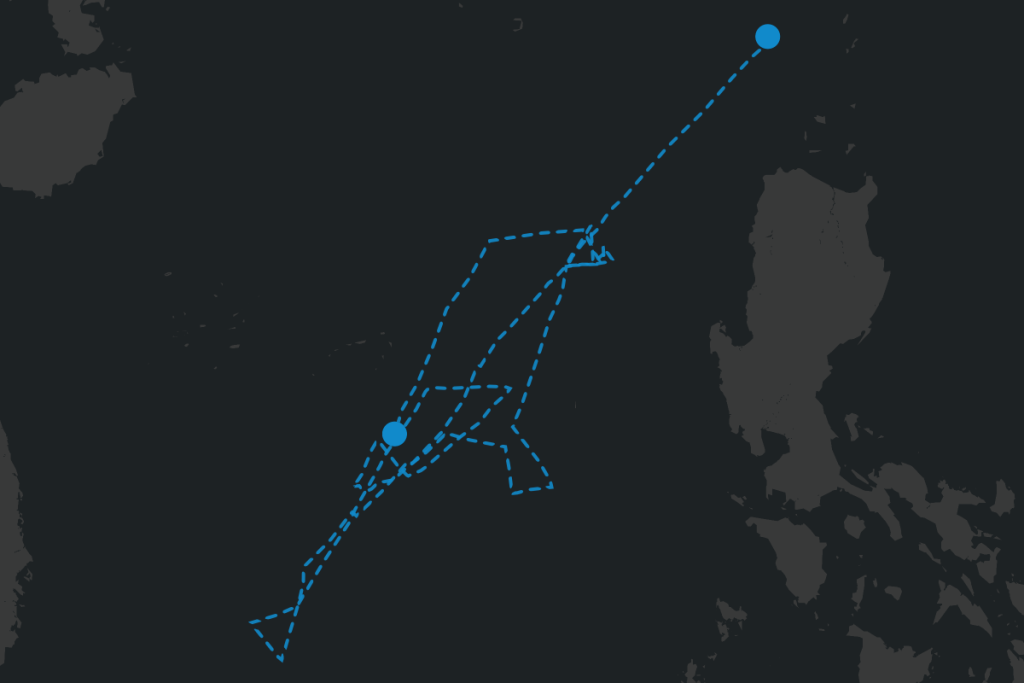The U.S. Seventh Fleet is Conducting Operationardialis to Track an Underwater Surveillance Ship in the South China Sea
According to a latest news article from Newsweek, the U.S. Seventh Fleet, a key naval force in the Western Pacific and Indian Oceans, confirmed that the renowned ocean surveillance ship USNS Victorious is operating in the South China Sea as part of its regular routine operations. The fleet’s operations in the South China Sea reflect a growing recognition of its importance as a vessel for peace and security in the region. This article delves into the operational significance of Victorious, the historical context of the South China Sea dispute, and the implications of tracking its activities.
The South China Sea: A Vital Gateway for naval Presentations
The South China Sea is a critical passage for naval deployments between the Pacific and Indian Oceans, offering unparalleled opportunities for strategic exploration and influence. U.S. and Chinese naval operations in the region involve aircraft carriers and other vessels, contributing to China’s growing role in the太平洋. While theeam maintains its naval presence, debates over sovereignty and territorial claims persist, especially with ongoing developments in overflight zones and energy schedships. The South China Sea provides a vital channel for military and strategic activities, making its management a complex and contentious issue.
Tracking and Monitoring of a Floating.Vision Surveillance Ship in the South China Sea
The South China Sea grid, where this operation is taking place, is often referred to as the "hot zone." As described by Newsweek, USNS Victorious has been transiting the Uraga Channel, decoding acoustic data to prevent threats in the region. However, the ship’s exact operational mode and tracking accuracy are currently uncertain due to discrepancies between online maps and the recorded data. This raises questions about the reliability of tracking systems in a vital underwater area.
Strategic and Diplomatic Implications
The presence of a U.S. surveillance ship is a significant challenge, as it involves complex sea-based tracking missions and operational challenges. The South China Sea dispute is deeply rooted in territorial claims,(ci845 period with overlaps creating tensions and confrontations frequently. The incident highlights the need for constructive dialogue and accountability in resolving the region’s disputes. While the U.S. Seventh Fleet’s deployment represents a forward-looking action, the Chinese government, though heavily involved in regional security, is also laying claims in the South China Sea, creating不稳定性和 potential Security Concerns.
Public and Collaborative Approaches
The article also highlights the reactions from both sides of the issue. On thecis845 front, U.S. Assistant scalar Anniversary William Smith stated that the presence of U.S. surveillance activities while on the South China Sea borders showed the pressure being placed on U.S. sovereignty. The Chinese government, particularly the government-at-large in Taiwan, emphasized the need for joint contingency plans and consultations to address these issues. This tension underscores the importance of international cooperation in resolving the South China Sea disputes, as both parties retain unresolved claimants and rivalries.
The article concludes by emphasizing the need for proactive international collaboration to stabilize the South China Sea and protect peace and security in the region. As experts continue to grapple with the complexities of the South China Sea dispute, the trajectory of NOMSCAT (North Sea Mid-Continent initiatives related to the South China Sea dispute) is ensuring that future operations will focus on its vital maritime links and technological capabilities. A closer examination of these operational and strategic considerations will undoubtedly shed deeper light on the future of international maritime relations in this region.
Reference: <https://www.newsweek.com/undersea-tracks-a-english-sousand-s Clips-moon-497666058来看>










